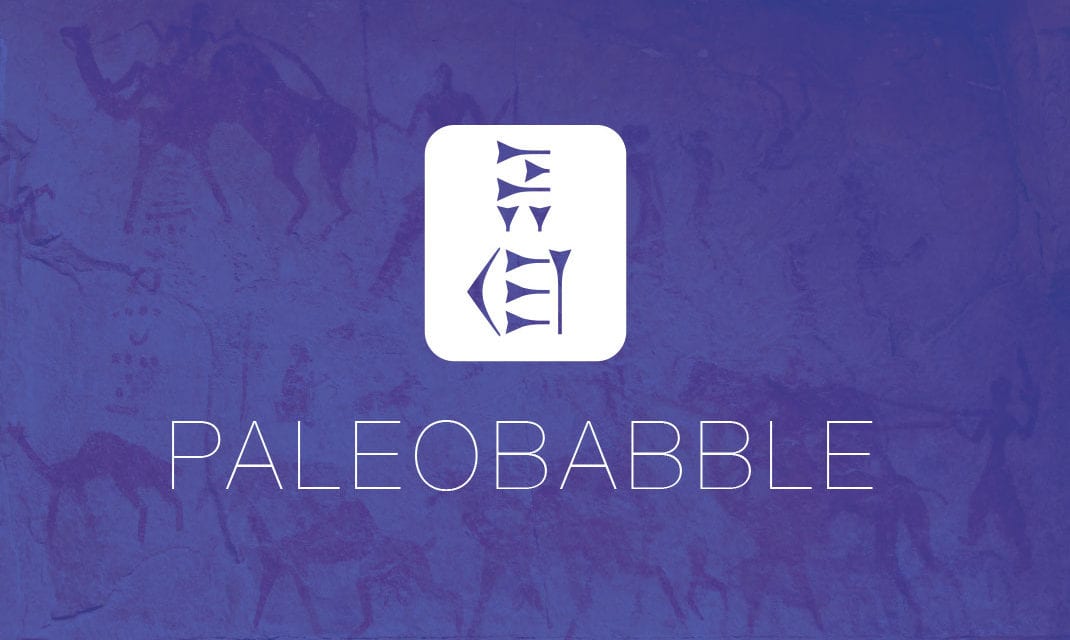I’m sure you’ll all want to check out the Em Hotep blog. There is a series on how the pyramids were built that is just starting. If you go to the link for the latest entry, “Hemienu to Houdin,” to the right there is an earlier post or two to catch up. Should be interesting, and looks well illustrated.
Pyramid Building Blog





Did the Egyptians leave little written about how they built the pyramids ,I tend to think that written language (or at least the writing part of it) was in it’s infancy and if they were to write something it had to be of importance and not ” today thousands of slaves built cement blocks” .
The EGyptian language wasn’t in its infancy during the pyramid age (cf. the Pyramid texts), but there are differences between Old Egyptian and the “classical” form, Middle Egyptian. There are no accounts of how pyramids were built; just iconographic clues and leftover builders marks, that sort of thing (as indicated in the articles I’ve posted here on Egyptian building).
Hey Mike,
Thanks for linking to the Jean-Pierre Houdin material on Em Hotep. I should point out that what I am covering is Jean-Pierre’s published work up to this point. He has been very busy updating and expanding his theory over the last few years and will be releasing the results next month.
I would encourage your readers to approach with the skepticism your blog helps them hone, but with an open mind as well. Skepticism because the best theories are those that remain after much scrutiny. An open mind because whether 100% spot on or not, I honestly believe that Jean-Pierre’s work is the best explanation for how the Great Pyramid was constructed using nothing other than the tools and methods that we know existed at the time. No aliens, no Hebrew slaves, just everyday Egyptians doing their patriotic duty under the guidance of some of the greatest minds of their (or any other) time.
Thanks again for posting the link, and I hopr your readers enjoy it!
–Keith Payne
aka Shemsu Sesen
agreed – I find Houdin’s ideas persuasive. I doubt that *only* his methods (or something like them) were used, but I really think he’s hit on methods that no doubt were employed.